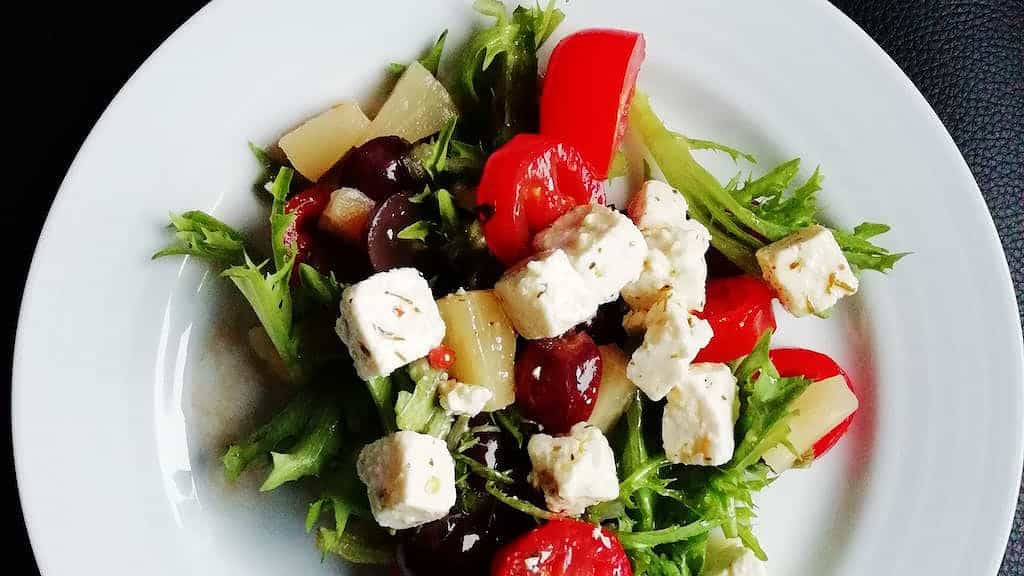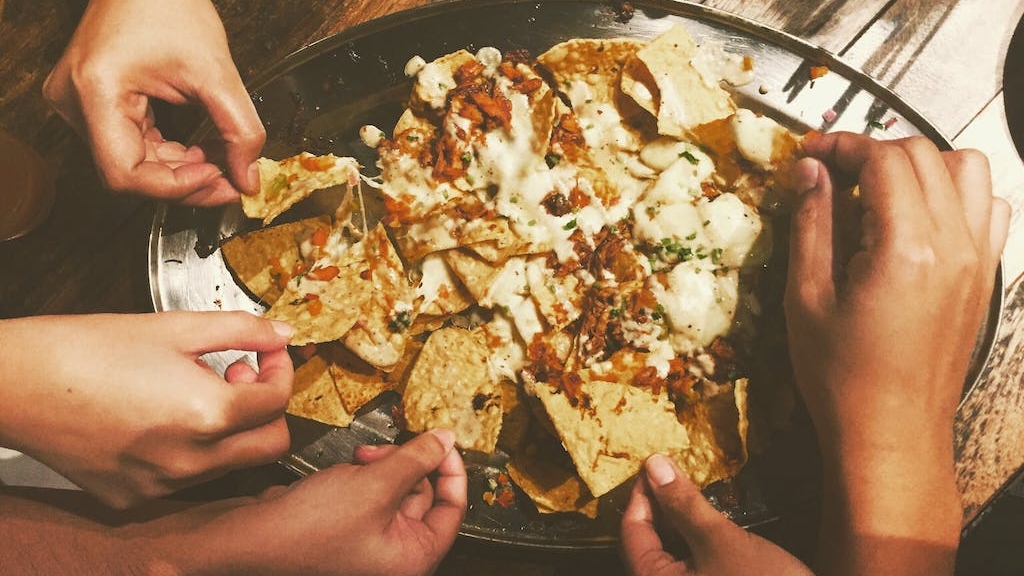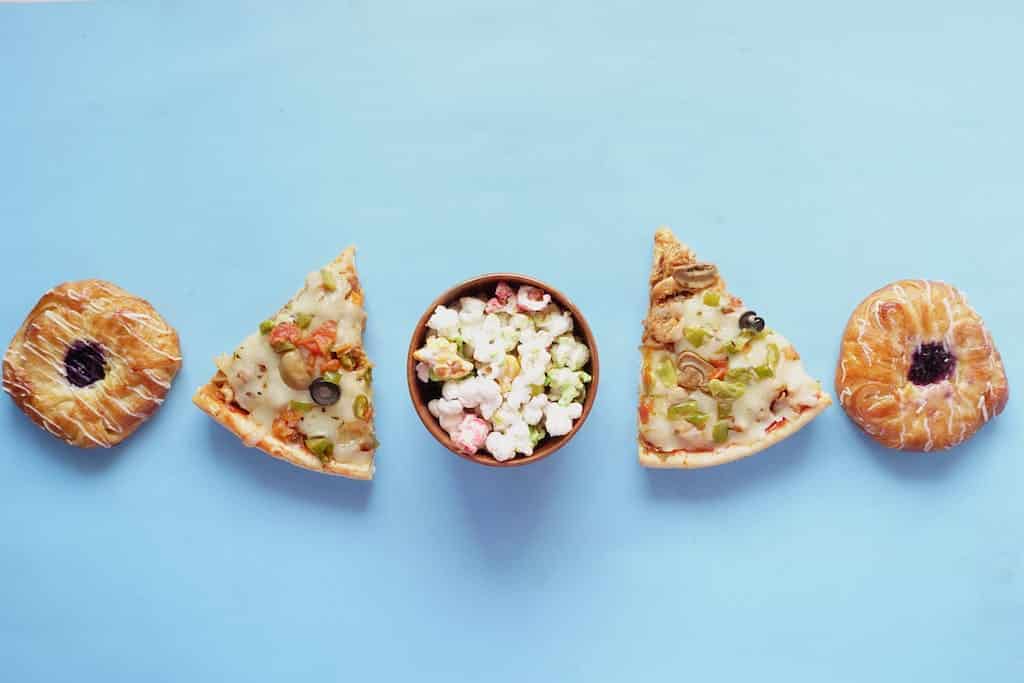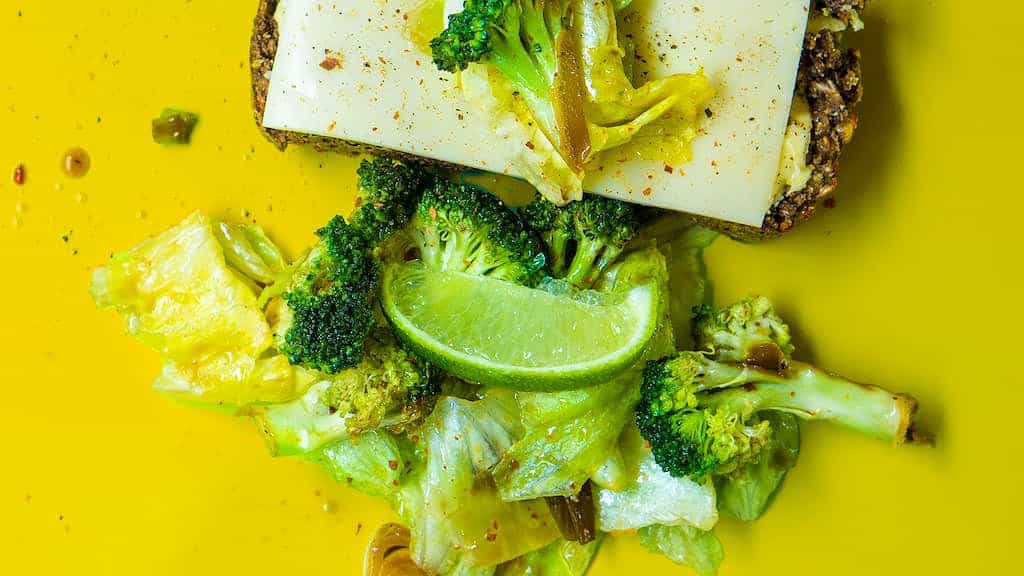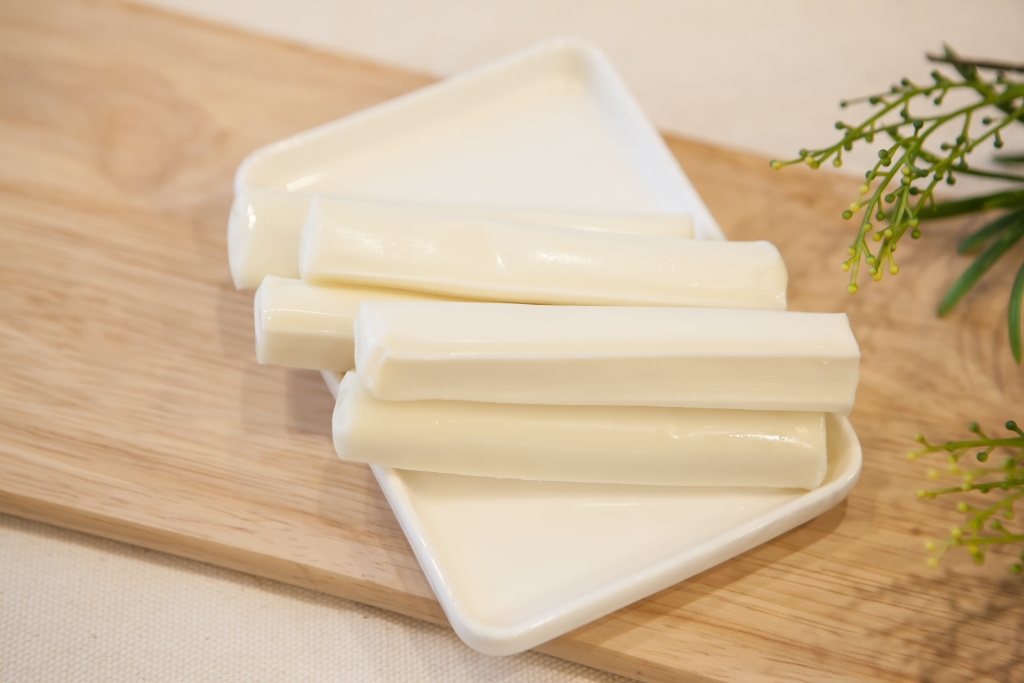Key Takeaways
- Dogs should not be allowed to eat moldy cheese.
- Moldy cheese can contain toxins that are harmful to dogs.
- Certain molds, like Penicillium, can produce mycotoxins which can cause gastrointestinal issues or even lead to organ damage in dogs.
- Symptoms of mold ingestion can include vomiting, diarrhea, abdominal pain, lethargy, and in severe cases, seizures or tremors.
- If a dog accidentally consumes moldy cheese, it is advisable to monitor their behavior closely and contact a veterinarian if any concerning symptoms arise.
- Preventing access to moldy cheese and properly storing cheese to prevent mold growth are important steps in keeping dogs safe.
Summary
Can dogs eat moldy cheese? No, dogs should not eat moldy cheese due to the potential health risks it poses. However, the rest of the article explores the reasons why moldy cheese can be harmful to dogs and provides valuable information on dog nutrition and safe food choices. It also highlights the symptoms of cheese-related illnesses in dogs and advises on what to do if a dog accidentally consumes moldy cheese. By reading the article, dog owners can gain a comprehensive understanding of the risks involved and make informed decisions about their pets’ diets.
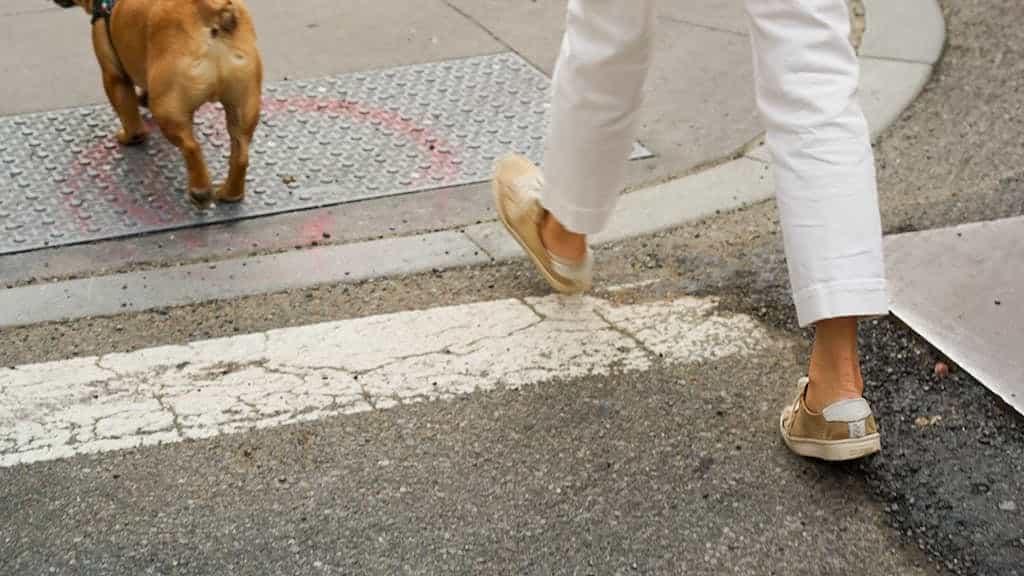
Can Dogs Eat Moldy Cheese?
Dogs should never eat moldy cheese, as it can be highly dangerous for them. Mold is a type of fungus that produces mycotoxins, which are harmful to both humans and animals. If your dog consumes moldy cheese, they may experience symptoms such as vomiting, diarrhea, abdominal pain, tremors, and even seizures. Some types of mold can also produce toxic compounds that can damage your dog’s organs, particularly their liver and kidneys.
Potential Health Risks of Moldy Cheese for Dogs
Mycotoxins present in moldy cheese can cause serious health issues in dogs. Depending on the type and amount of mold consumed, it can lead to mild symptoms or severe complications. In addition to digestive problems, moldy cheese can weaken your dog’s immune system and make them more susceptible to infections. Long-term exposure to moldy cheese may increase the risk of developing chronic illnesses in dogs. It’s vital to keep all types of moldy foods, including cheese, out of your dog’s reach to prevent any potential health risks.
Safety Measures to Prevent Dogs from Eating Moldy Cheese
To keep your dog safe from the hazards of moldy cheese, it’s crucial to implement certain safety measures. Store your cheese properly and check for any signs of mold growth regularly. If you notice mold or stale odors on the cheese, it’s best to discard it immediately. Be cautious while eating cheese and ensure that no small pieces or crumbs are left behind, as dogs have a knack for scavenging. It’s recommended to keep your dog in a separate room or away from the dining area while consuming cheese to avoid any potential accidents.
Safe Alternatives for Dogs to Enjoy
If you want to treat your dog with a snack, there are several safe alternatives to moldy cheese. Some suitable options include small pieces of plain cooked chicken or turkey, fresh fruits like apple slices or banana chunks, and vegetables such as carrots or green beans. Make sure to introduce new foods gradually and in moderation to avoid any digestion issues. Always consult with your veterinarian before introducing any new foods into your dog’s diet, especially if they have pre-existing health conditions or specific dietary requirements.
Signs of Cheese Poisoning in Dogs
If your dog accidentally consumes moldy cheese, it’s crucial to be aware of the signs of cheese poisoning. Common symptoms may include vomiting, diarrhea, excessive drooling, loss of appetite, abdominal discomfort, lethargy, and changes in behavior. If you observe any of these signs, it’s recommended to contact your veterinarian immediately for proper guidance and treatment options. Prompt medical attention can help prevent any complications and ensure your dog’s well-being.
Importance of a Balanced and Dog-Friendly Diet
A balanced and dog-friendly diet plays a vital role in your furry friend’s overall health and well-being. While it can be tempting to share human food like cheese with your dog, it’s important to stick to their dietary needs. A veterinarian-approved diet consisting of high-quality dog food ensures that your dog receives all the necessary nutrients without any potential risks. Regular veterinary check-ups and open communication with your veterinarian can help you make informed decisions regarding your dog’s diet and prevent any health problems that may arise from unsafe food choices.
Recipes and Alternatives to moldy cheese for dogs
Dogs should not be fed moldy cheese as it can be harmful to their health. Moldy cheese can contain toxins that can cause digestive issues and even lead to serious illnesses in dogs. It is important to prioritize the well-being of our furry friends and provide them with safe and healthy food options. Here are some alternative foods that are safe and nutritious for dogs:
- Lean meats such as chicken, turkey, or beef
- Fresh fruits like apples, bananas, or blueberries
- Vegetables such as carrots, green beans, or sweet potatoes
- Plain yogurt or cottage cheese
- Boiled eggs
Can Dogs Eat Moldy Cheese? – Frequently Asked Questions
1. Is moldy cheese safe for dogs to eat?
No, it is not recommended to feed moldy cheese to your dog. Moldy cheese can contain harmful mold strains that can lead to various health issues in dogs.
2. What are the risks of dogs eating moldy cheese?
Eating moldy cheese can potentially expose dogs to mycotoxins produced by certain types of molds. Mycotoxins can cause symptoms such as vomiting, diarrhea, tremors, seizures, and even organ damage depending on the type and amount of mold ingested.
3. How can dogs be affected by moldy cheese?
Dogs can have different sensitivities to mold, and the severity of their reaction may vary. Some dogs may not experience any noticeable symptoms, while others can have severe reactions to even a small amount of moldy cheese.
4. What should I do if my dog accidentally consumes moldy cheese?
If you suspect your dog has ingested moldy cheese, it is best to monitor them closely for any signs of illness. Contact your veterinarian immediately and provide them with information on the amount and type of mold your dog may have ingested.
5. How can I prevent my dog from eating moldy cheese?
To prevent your dog from eating moldy cheese, make sure to store cheese securely and in airtight containers. Regularly check the cheese for any signs of mold growth or spoilage before offering it to your furry friend.
6. Are certain types of cheese more prone to mold growth?
Yes, certain types of cheese are more likely to develop mold compared to others. Soft cheeses, especially those with higher moisture content, are more prone to mold growth. Blue cheeses, Roquefort, and Gorgonzola are some examples of cheese varieties where mold is intentionally introduced and safe for consumption.
7. Can small amounts of mold be safely removed from cheese before giving it to my dog?
Even if you remove the visible mold from cheese, there is a risk that invisible mycelium (root-like structures of the mold) may still be present. It is recommended to avoid feeding any cheese with visible or invisible mold to your dog to prevent potential health problems.
8. Are there any types of cheese that are safe for dogs to eat?
Yes, many dogs can enjoy small amounts of plain, unseasoned cheese as an occasional treat. Cottage cheese, cheddar, and mozzarella are often well-tolerated by dogs in moderate quantities. However, always introduce new foods gradually to monitor your dog’s individual response.
9. Can dogs have an allergic reaction to moldy cheese?
While it is more common for dogs to have allergies to environmental factors such as pollen or certain proteins, some dogs may develop allergies to specific molds. Allergic reactions can manifest as skin irritations, itching, hair loss, or digestive issues.
10. What are some alternate dog-friendly treats I can offer instead of cheese?
There are numerous healthy and safe alternatives to cheese that you can offer your dog as treats. Some options include carrots, green beans, apple slices, plain cooked chicken, or commercially available dog treats specifically made for canine consumption.
Disclaimer: This information is not a substitute for professional veterinary advice. Always consult with your veterinarian regarding your dog’s specific dietary needs and any concerns you may have.
Conclusion
In conclusion, it is not recommended to feed dogs moldy cheese. Moldy cheese contains mycotoxins that can be harmful to dogs, leading to various health issues including vomiting, diarrhea, and even neurological problems. While dogs can tolerate small amounts of mold, it is best to avoid feeding them any moldy food to prevent potential risks. Additionally, some molds can produce toxins that are not visible to the naked eye, making it impossible to determine whether the cheese is safe for consumption. It is crucial to prioritize the health and well-being of our furry friends by providing them with a balanced and safe diet. Therefore, it is advisable to opt for fresh and uncontaminated food options when it comes to feeding dogs.
📚 Sources:

